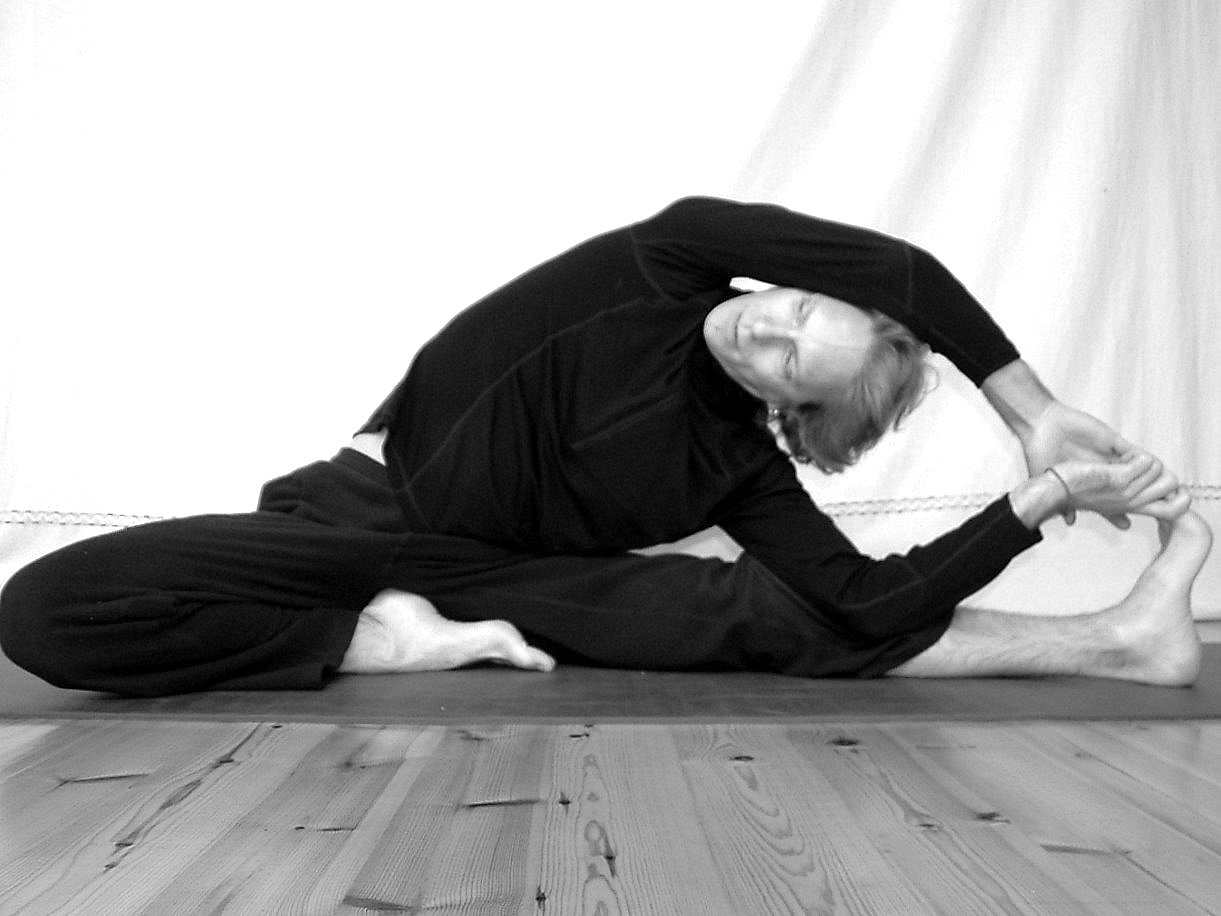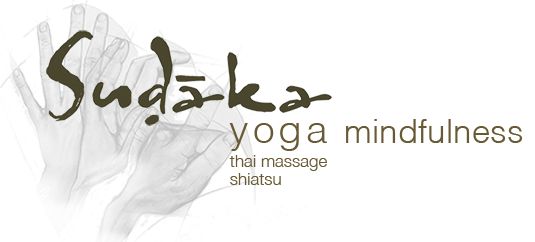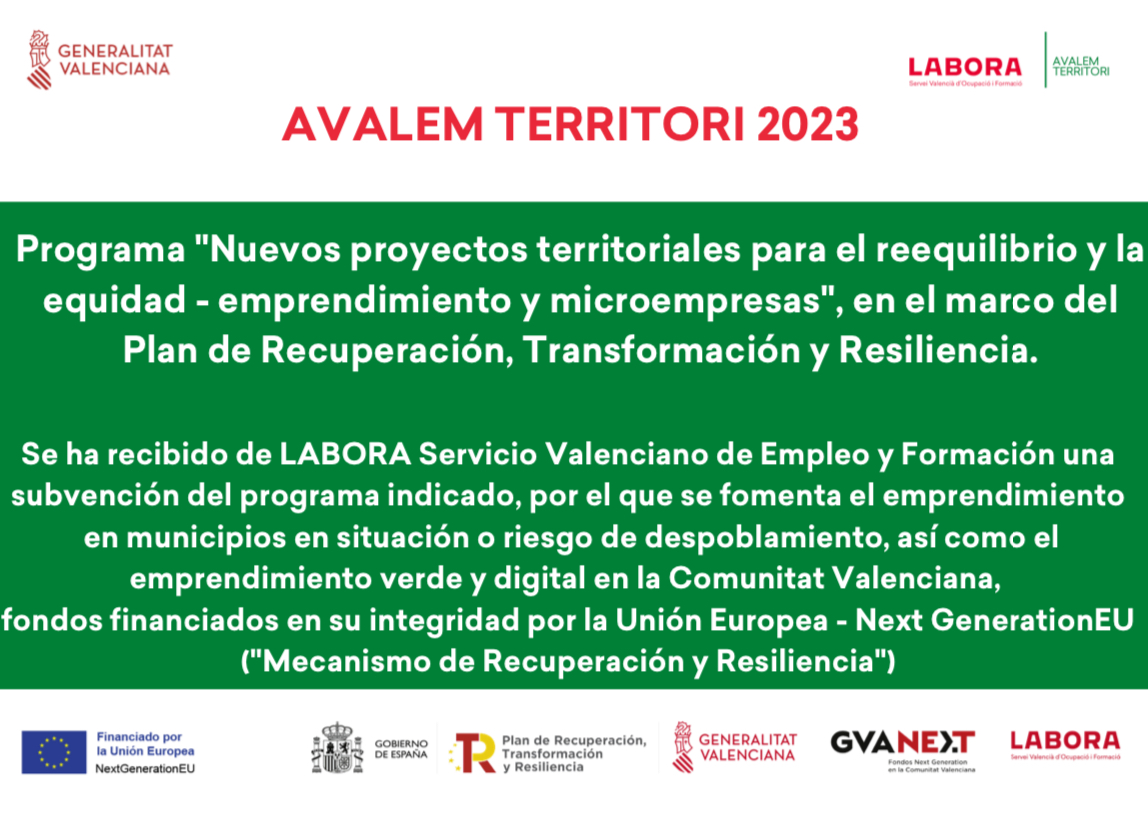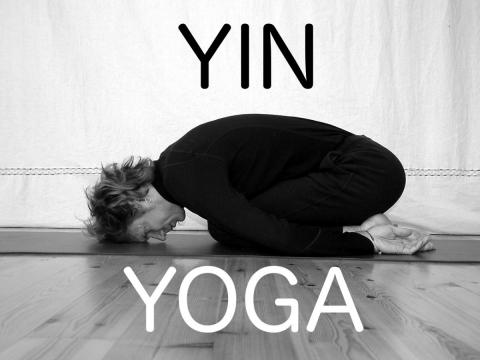
– An Integrated Component Of The Bodhiyoga Teacher Training Programme
In 2000 I attended a yoga weekend organised by a good friend Padmadarshini and myself in the Manchester Buddhist Centre. At the time I was well into the Primary Series of Ashtanga Vinyasa Yoga and opening new avenues in my yoga practice after nearly a decade of disciplined Iyengar school training.
Padmadarshini was just back from California and got us down on the floor doing epic-held hip openers. Box pose. (Sukhasana) The Sleeping Swan (Rajakapotasana). Shoe lace ((Gomokhasana). Wow. Deep long stretches sustained for 5 minutes or more. Somehow my hips were never the same again! More space. More release and the possibility to really “be with myself” in the yoga practice rather than leaping from one pose to the next. This was “Yin Yoga”.
Over the next couple years, Paul Grilley and Sarah Powers came to the UK and we got the chance to “drink from the source” as they both were promoting Yin yoga in those early days and we have much to thank them for that.
Yin Yoga has always been integrated as part of the yoga training at Bodhiyoga. We dedicate numerous practice sessions to Yin yoga as part of the Online schedule and explore three practice and theoretical sessions on the Residential teacher training in Suryavana in Spain.
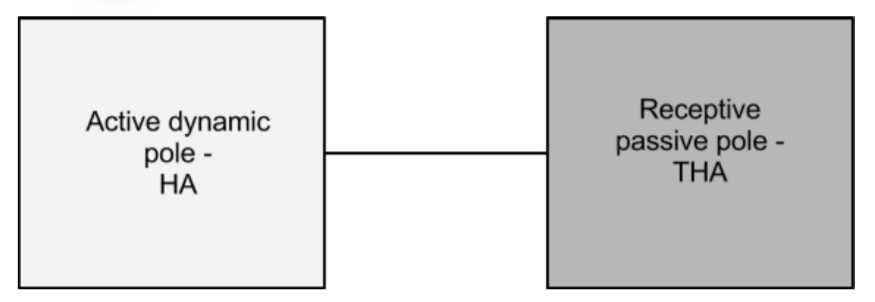
In Yin yoga there is an emphasis on the more Receptive or “Tha” Lunar aspect of Hatha yoga practice
What is Yin Yoga?
It was obvious at the beginning it was a useful practice, mainly in terms of countering the tendency to push (common to many of us in the modern era) and as a bridge from a moving active dynamic practice to the still, sitting practice of meditation. It can feel like a series of short 5 minute meditations, with enough movement and change of internal physical sence experience to keep the mind engaged, but not too much movement so that we get lost in the busyness of constant posture change. Each posture offers its own unique “experience” and action in the body-mind.
More recently I have been thinking in terms a Yin Yoga as a restorative practice. A quiet practice, largely based around floor postures and minimal muscular effort is useful, especially to counter an already busy life with a lot of activity. A restorative practice gives the body chance to open and soften and release tension without much investment of energy.
However, a dynamic practice is indispensable in developing a stronger body, fitness and stamina. It may be we are tired and feel blocked and stuck and actually what we need is a slower rhythm to release our energy and break through various tensions and blocks. Discrimitive intelligence on the part of the practitioner is required.
Yin or restorative practice can be seen as a tool in the tool box of methods and techniques we have as yoga practitioners. Sometimes stillness is useful, sometimes dynamic, sometimes no practice at all. It can be a useful preparation for a move active practice to allow the heart, mind and body to arrive into the practice as well as a useful wind-down form after a more active Yoga.
